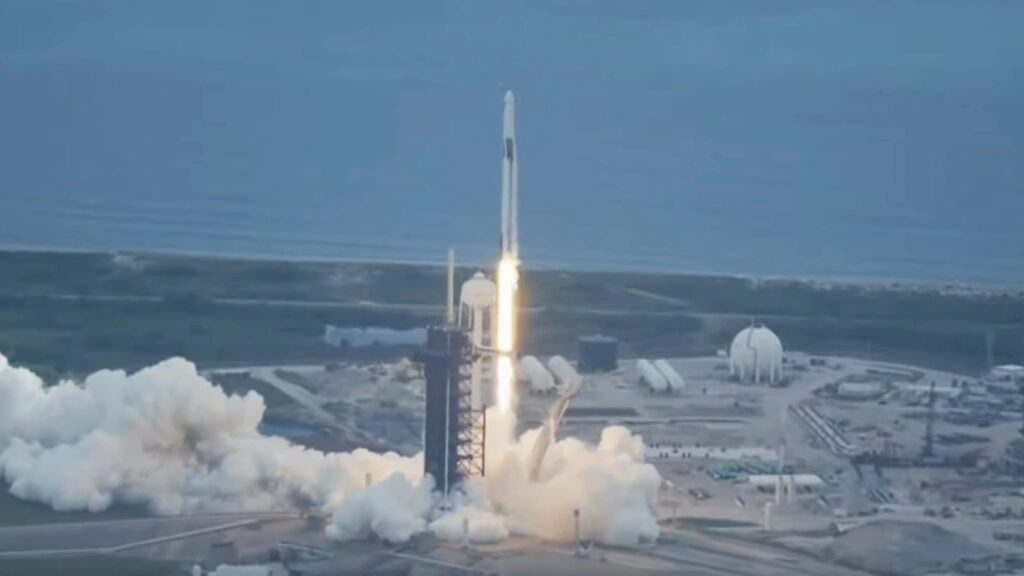On August 1, SpaceX launched NASA’s 11th astronaut mission, transporting four crew members to the International Space Station (ISS) aboard a Falcon 9 rocket from Kennedy Space Center in Florida. This marked the sixth flight of SpaceX’s Crew Dragon spacecraft, a record for reuse. The launch was delayed by one day due to a countdown interruption.
The mission’s Falcon 9 booster successfully landed at Cape Canaveral Space Force Station, marking the last landing at that site before leasing to private companies like Phantom Space and Vaya Space. SpaceX continues to operate a second landing site at Cape, known as Landing Zone 2.
Crew-11 consists of NASA astronauts Zena Cardman (Commander), Mike Fincke, Kimiya Yui from JAXA, and Oleg Platonov from Roscosmos. Cardman is on her first spaceflight, while Fincke has flown three previous missions. The crew will spend roughly six months on the ISS, conducting experiments, including simulating lunar landings and studying the effects of microgravity on vision and plant cells.
NASA aims to maintain its presence on the ISS by overlapping missions. Crew-11 will overlap with Crew-10 for about a week to ensure a smooth transition. NASA is also considering extending Crew-11’s mission to eight months. The mission will see the arrival of a Soyuz mission and a Northrop Grumman resupply spacecraft during its duration.
Source link


